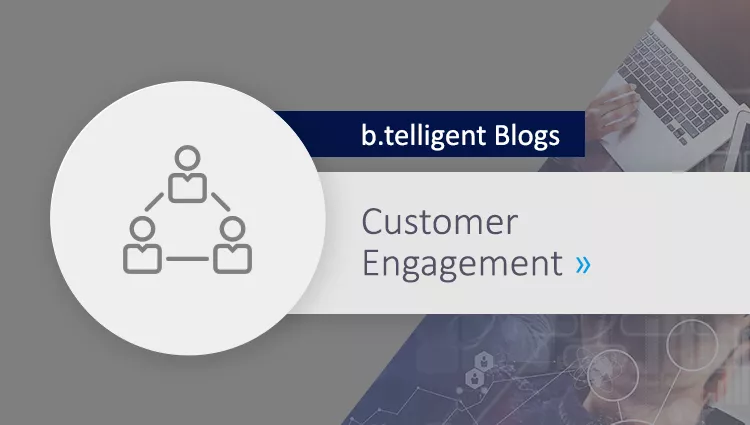An MRM solution’s workflow component is used by marketing staff to create tasks and assume these personally or assign these as monitors to others. This makes it possible to quickly identify, filter and control timings, responsibilities, as well as processing statuses of tasks and campaigns.
A workflow editor as compulsory, a graphic workflow designer as optional
Typical or recurring work processes during implementation of marketing campaigns can be handled very well with an MRM workflow component’s individually configurable templates. Available here usually is a choice of different task types and categories, such as collaboration, review and approval. Ideally, these tasks can be created and configured at different levels of the marketing-object hierarchy (e.g. program, campaign or action) and assigned to individuals as well as entire teams.
Many solutions offer individually configurable checklists at different object-hierarchy levels as part of workflows. Particularly good solutions even reflect the complete change history in the course of processing. Visual / graphic process modelling is usually an exception in the case of MRM solutions, as is a function for copying sub-workflows and their integration into new workflows. MRM solutions offering especially powerful workflow functionality are indicated in b.telligent’s market overview which you can download from here.
[Translate to English:]
MRM offers a constant overview of task and campaign statuses
The major advantage of workflows managed via MRM is the ability to quickly identify, filter and control timings, responsibilities, as well as task and campaign statuses (for example "implementation started", "released", "live", "overdue", "finished" etc.). This is especially useful if, for example, a lot of tasks need to be done or many internal and external participants are working simultaneously on campaigns.
Many solutions include colour and status indicators as well as workflow calendar views (e.g. Gantt, Kanban, etc.) to provide users with the necessary visual orientation and overview.
Functions for collaboration during creation of campaigns, tasks and content with notification features allow process participants to exchange information directly via the marketing object or the associated task.
Integration with JIRA and never-ending workflow management via Excel
Task management at many companies is performed using JIRA with the help of which tickets are created and assigned to a processor. JIRA is also used in numerous marketing departments: Either for collaboration with other departments, or as part of an overarching program or project management, or for tasks related purely to marketing.
However, JIRA is not always used exclusively by such marketing departments, which often also employ other manual makeshift methods (such as Excel). This raises questions, firstly, concerning the mode of interaction between JIRA and an MRM component’s workflows, and secondly the method of mapping previously manual processes to the MRM solution.
The answer to both questions is closely linked to consistent design and stringent demarcation of target processes. For technical implementation of target processes, powerful MRM solutions today offer corresponding API integrations with JIRA. This makes it possible, for example, to synchronize task statuses and processing statuses of objects, and trigger activities in the MRM solution. The provider overview shows which MRM solutions offer powerful integration functions.
Now you have learnt almost everything about MRM software and the advantages it offers in your daily work. The last article of this blog series explains the monitoring component. And if you need more information such as further details concerning functions offered by some providers, then download our MRM market overview here.











